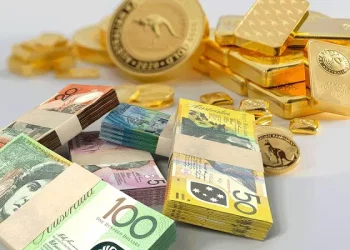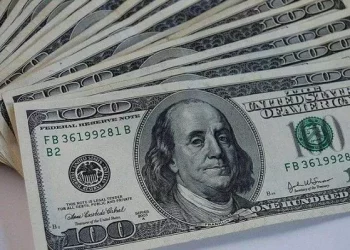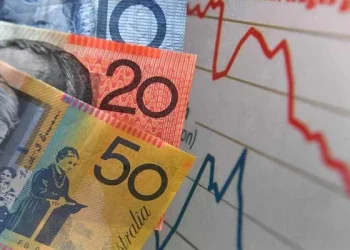In European trading on Monday (October 31), it surged to 110.88, or 0.18%.
A few days ago, the latest two major inflation indicators in the US rose steadily, which also means that there is a good chance that the pace of interest rate hikes will not stop.
Raising interest rates is an active choice for the Federal Reserve and a passive choice for policymakers in many countries.
This year, uncharacteristically, hegemony has been more damaging for advanced economies than for emerging ones.
Many of these countries are so-called Allies and partners of the United States.
In order to save itself, the dollar began to harvest “own people”.
Michael Hudson has deeply analyzed the formation and development of dollar hegemony in his book Financial Empires.
, the dollar flows back into the United States, pushing up the dollar index, which leads to a sharp depreciation of non-dollars and a collapse in the prices of assets in the countries from which the dollar flows.
Other countries were forced to raise interest rates to prevent capital outflows and stabilise.
This is a spillover effect from the dollar’s special place in the system.
The dollar index (DXY) extended the previous week’s rebound from a one-month low to trade modestly near 110.80 in Asia on Monday.
In this case, the dollar’s index against six major currencies has benefited from the market’s rush for risk safety ahead of key US data/events, as well as concerns triggered by geopolitical concerns.


























